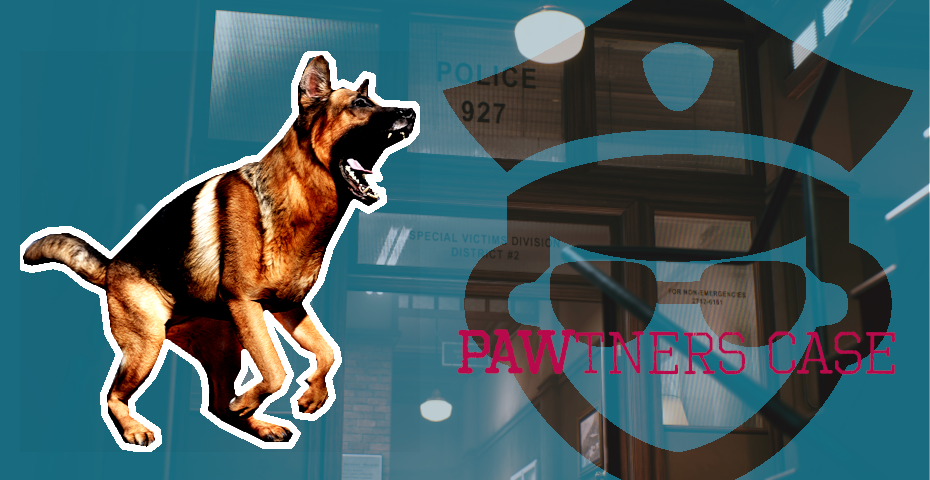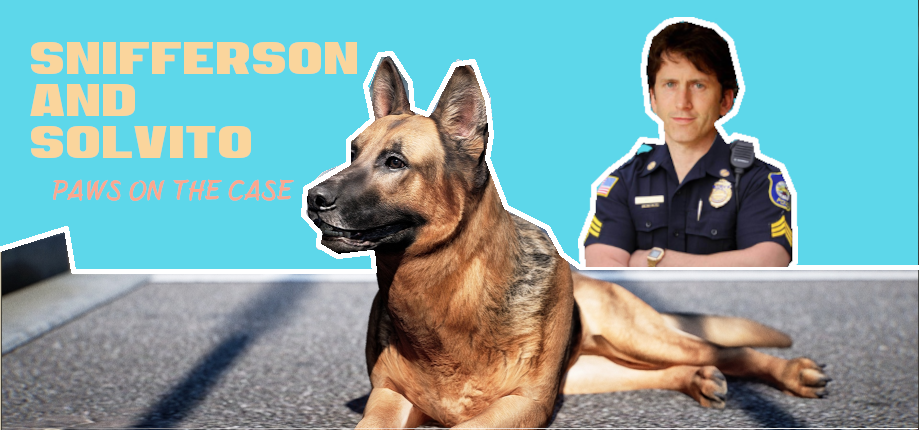Today I have completed a set of new mechanics which will be useful for the very first prototype of my game. You can watch here:
I have also changed the name of the game, after listening to the first feedback on a Discord server. The game will be called Pawtners Case, I am studying also layouts for a possible capsule. This is what I got so far:

I am impressed by Unreal Engine. I don’t know why I didn’t use it until now. It has a whole gameplay framework already implemented, you can set things up very easily. And placing object in the level is fairly simple. It doesn’t have the huge community that Unity has, but it’s a powerful tool.
Now I need to focus on the level for the first prototype, and double check which mechanics I am missing.

